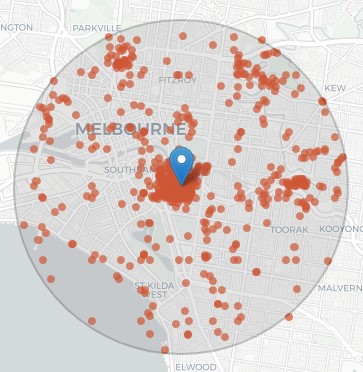Australian and New Zealand herbaria house over eight million plant, algae and fungi
specimens. Herbarium specimens are an important resource
for research on the Australasian flora and provide a permanent record of the occurrence
of a species at a particular place and time.
The AVH provides access to the collecting data associated with these specimens.

Herbaria are active research collections that are used for taxonomic,
historical and ecological research (
AD 234223).
Photo: State Herbarium of South Australia.


Herbaria often contain separate carpological collections to house large
fruits – such as
Banksia cones, pine cones and these fruits of
Flindersia australis (
MEL 2013790)
– that are too bulky to be mounted on a typical herbarium sheet. Photo: Janusz Molinski. © Royal Botanic Gardens Board 2020. All rights reserved.

Although most plant specimens are pressed and
dried, some – such as these orchids – are preserved in alcohol in order
to retain important diagnostic characters that would be lost upon
drying. Photo: Royal Botanic Gardens Victoria.


As well as vascular plant specimens, herbaria
house collections of cryptogams, fungi and algae, such as this specimen
of the lichen
Teloschistes fasciculatus (
MEL 22411).
Photo: Royal Botanic Gardens Victoria.


Important diagnostic features – such as the
colour and form of fungi fruit bodies – can be lost when specimens are
dried, so illustrations and photographs are often used to record these
details prior to preservation.
Photo: Royal Botanic Gardens Victoria.


In addition to specimens collected within
Australia and New Zealand, many Australasian herbaria contain important collections of
plants, algae and fungi from other countries. Photo: Janusz Molinski,
© Royal Botanic Gardens Board 2020. All rights reserved.
Previous
Next










